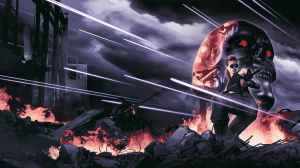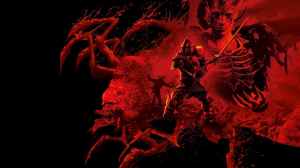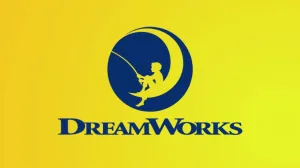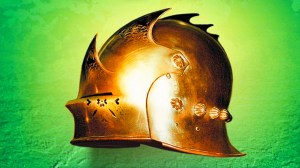Mortal Kombat 1’s terrible launch set it up for failure. It was a rushed game missing a litany of modes and features and seemed cobbled together in record time. The fighting mechanics allowed for plenty of player expression, yet almost everything around those systems was underbaked or just plain bad; an embarrassment for a clearly talented team like NetherRealm Studios. But now, after the release of its last two announced fighters and some damning rumors, Mortal Kombat 1 is in a great spot and doesn’t deserve to die so soon.
Videos by ComicBook.com
NetherRealm has spent that time patching up MK1’s holey hull to holy hell. Almost every character has gone through heavy revisions and now has more options and depth. For example, Havik was widely regarded as one of the worst and blandest characters near launch, but got a considerable amount of utility after the Khaos Reigns update, making him one of the scariest and most unique fighters in the entire lineup. He’s been emblematic of the studio’s apparent post-launch mantra: make it deeper, stronger, and more fun.

RELATED: Mortal Kombat 1 Announces New Movie Inspired Skins
This has carried into this latest update, which adds entirely new mechanics to Baraka and Mileena, as well as more attacks for Reiko, General Shao, Sub-Zero, Tremor, Tanya, Kenshi, and Stryker. Many had some stylish potential at release, but a consistent onslaught of seasonal patches has ensured that almost everyone on the roster is a different and more flashy combatant. The DLC characters demonstrate this mastery since almost every one of them launched in a more complete state with a ton of tools or interesting mechanics. There is a clear distinction between the launch roster in their day-one state and DLC fighters, especially Ghostface, whose multi-killer setup is a killer idea in theory and practice.
All of this work has not only made MK1 more engaging to play, but it’s become an utter joy to watch, too. Early MK1 tournaments were mostly skippable because of how much they exploited the handful of balance issues. Launch-era tournaments were filled with the repetitive caveman antics of Baraka, Johnny Cage, and Raiden gameplay aided by the equally brain-dead Cyrax, Kung Lao, and Kano Kameos. Combo Breaker 2024 was a joke, thanks to Peacemaker’s wildly overtuned toolset. There was even an image of the top players from a tournament from November 2024 that went viral since the top eight was filled with five Homelanders.
The recent Pro Kompetition Mexico and Viennality tournaments have been anything but boring and have shown the true potential of this game when played at the highest level. Both were full of intense, nail-biting sets and contained a wide variety of characters, the latter of which is a true sign of a relatively well-balanced game. Pros have always played MK1 at a high level, but tournament prize money ensures that boring and safe playstyles would always win out when the stakes were up; the fun was optimized out in favor of cash. Now, there’s not just one winning formula or combo and that — in addition to newly sauced-up fighters — makes MK1 a blast for spectators.

The other parts of Mortal Kombat 1 have also been improved. Crossplay and online practice make it easier to play with friends and deepens the pool of available opponents. Invasions, even though it is still bland and doesn’t teach the mechanics well, is at least more palatable now with its handful of quality-of-life additions. Towers of Time is similarly plagued by Invasions’ out-of-place RPG mechanics, but offers up the game’s all-too-precious premium currency and past seasonal costumes. The replay takeover mode is extremely useful in helping players learn from their past mistakes with hands-on training. The calamitous Switch version looks a bit better now, and the desync issue is a thing of the past.
The unfocused story mode still falls apart in the final act, the lack of its character-specific tutorials and online rooms is sorely felt, its outdated matchmaking menu continues to waste time, and, as previously noted, most of its solo modes are still dragged down by useless RPG systems that teach players the wrong lessons. MK1 also lacks other industry-standard features and doesn’t push the genre or studio forward at all. There is unequivocally rotten tissue surrounding MK1’s heart that will likely never be excised.
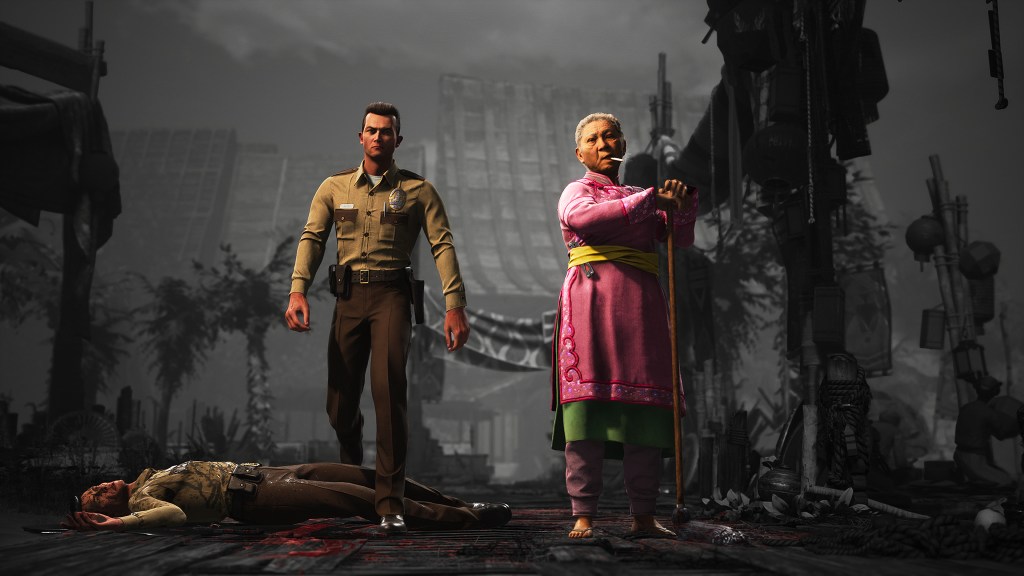
However, the last 18 or so months have shown that NetherRealm’s apology tour has had undeniably positive effects on the game. The studio has clearly listened to feedback not only in regards to MK1’s balance and feature set, but it also tried to do good by lowering the general price of the items in the premium store after complaints and giving away a handful of skins. The surprise reveal of the Madam Bo Kameo itself feels like it was designed to help alleviate Khaos Reigns’ high price and gain back trust.
It doesn’t appear like the general tide on MK1 has shifted because of these transformative patches, and it’s still worth being angry that the game was obviously pushed out far too quickly. But MK1 has made an incredible amount of progress since its launch and deserves recognition and the ability to live on for a few more years like many of its peers in the genre. While things look dire, NetherRealm hasn’t confirmed if this is the end or not; there are conflicting reports from reputable sources on both sides. And there’s also a semi-valid argument for just moving on from a radioactive foundation and starting anew.
But that would be such a waste. Mortal Kombat 1 launched as a solid fighting game and a terrible video game, but now it is an excellent fighting game and a passable video game. The onslaught of short-sighted decisions from its first year shouldn’t be forgotten — NetherRealm should absolutely do better — but they also shouldn’t serve as the fatal blow, either.


